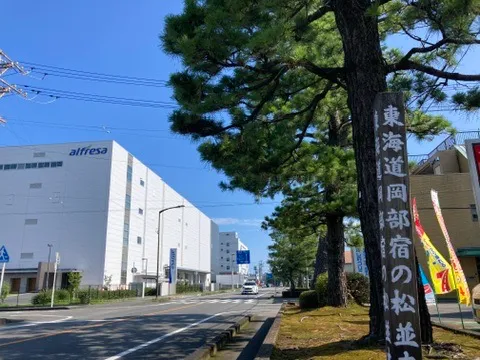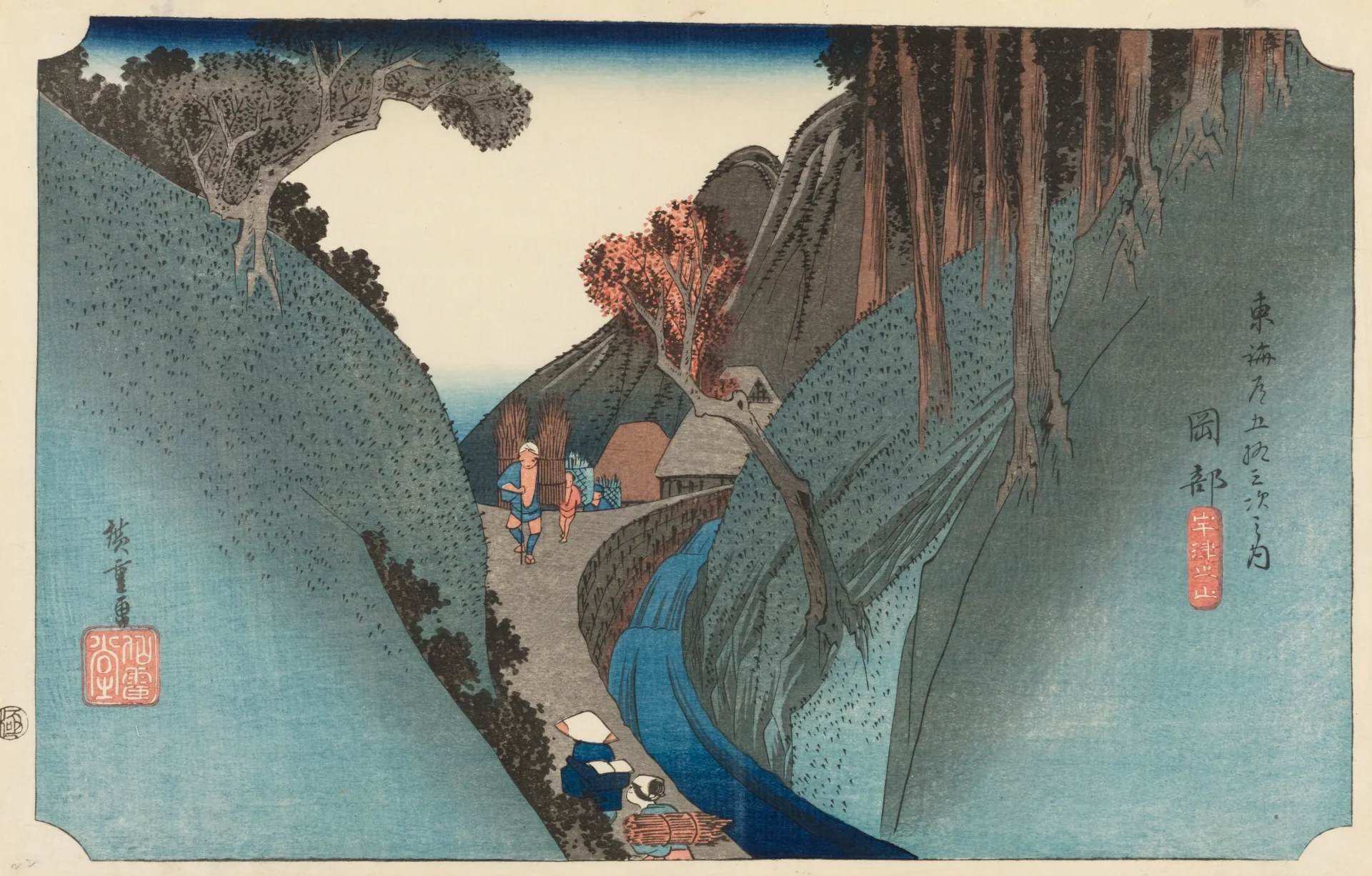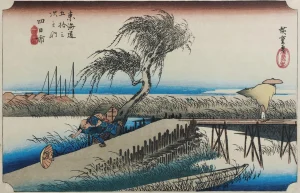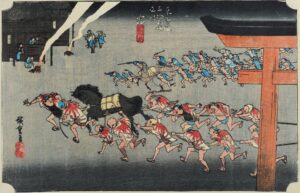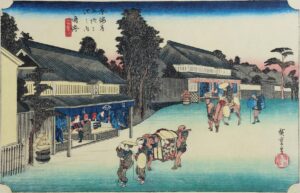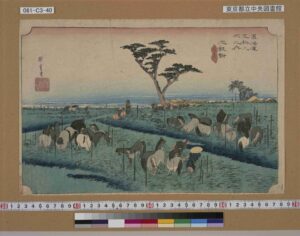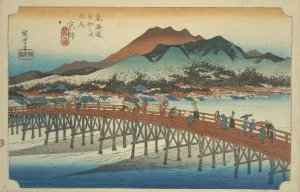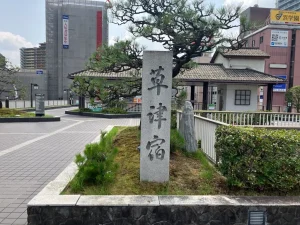This article was created using a translator. There may be expressions that are difficult to understand. If you have any questions, please check by yourself.
Please consult us about anything related to Fujieda City.
CONTACTHello~.
This time I would like to introduce Okabe-juku, the 22nd stop on the 53 Stages of the Tokaido.
Okabe-cho merged with Fujieda-shi on January 1, 2009 and is now called Fujieda-shi Okabe-cho. This Okabe-juku is reached by crossing the Utsunotani Pass from Marukojuku, which is also next door. Since the Utsunoya Pass was a difficult pass, many travelers used this inn to rest their bodies.
Utsunoya Pass is depicted in Hiroshige’s painting above. Utsunoya Pass was also known as “Tsuta no Hosomichi,” a dark, narrow road overgrown with ivy.
It is now a cool park called “Tsuta no Hosomichi Koen”. ↓↓↓↓
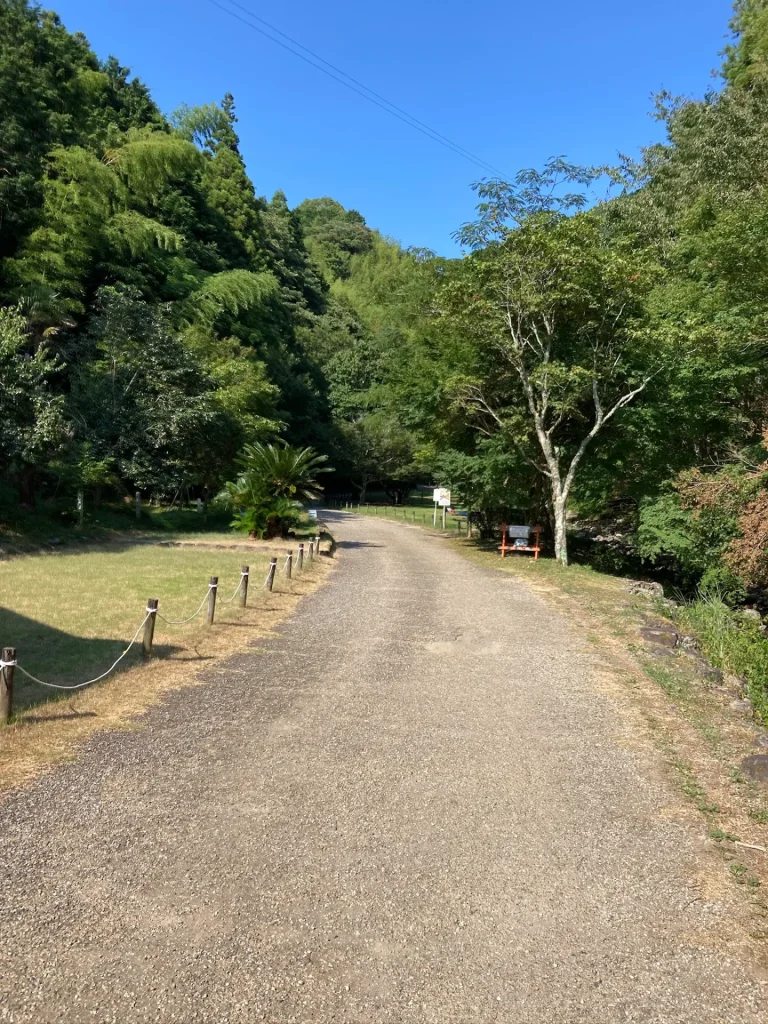
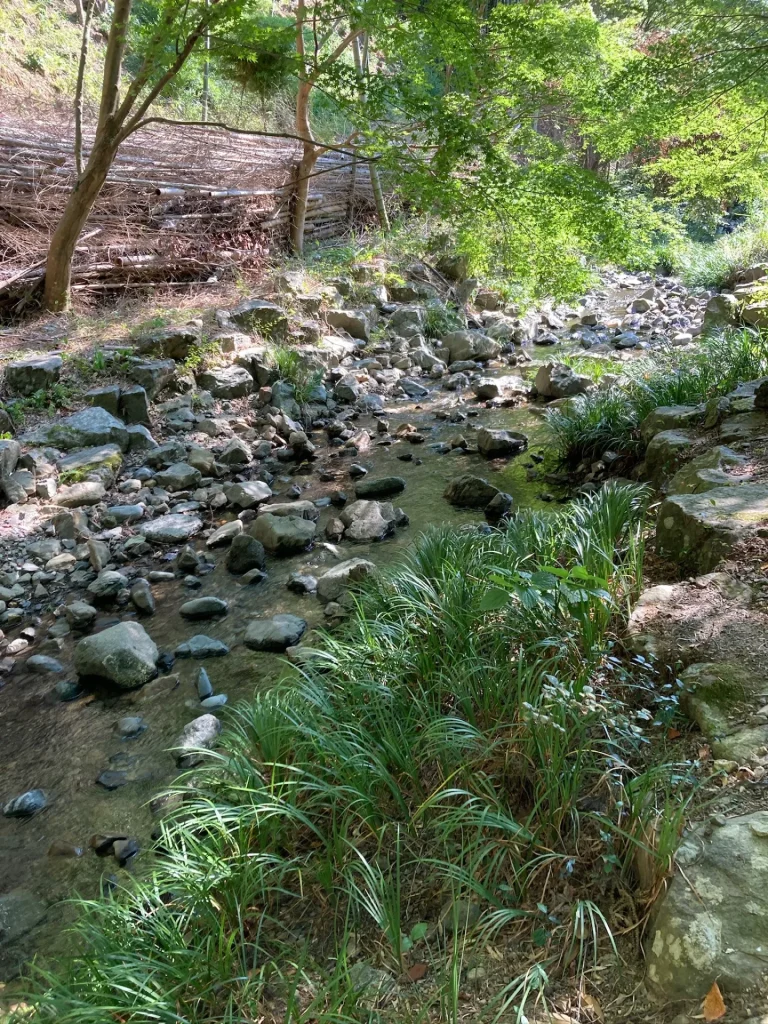
Okabe-juku Oohatago Kashibaya
First of all, Okabe-juku is home to the Grand Lodging House Kashiwaya. The Oo Ryorome Kashiwaya is a registered tangible cultural property and was built in 1836 (Tempo 7) during the Edo period (1603-1868).
Next door is the Okabe-juku Uchino Honjin site. The Okabe-juku had two such inns, one of which was called “Honjin”. The building does not remain, but the floor plan of the time is shown on the plan.
Translated with DeepL.com (free version)
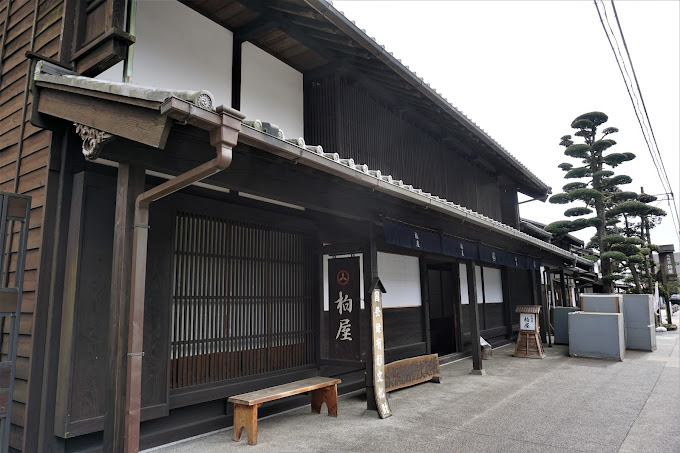
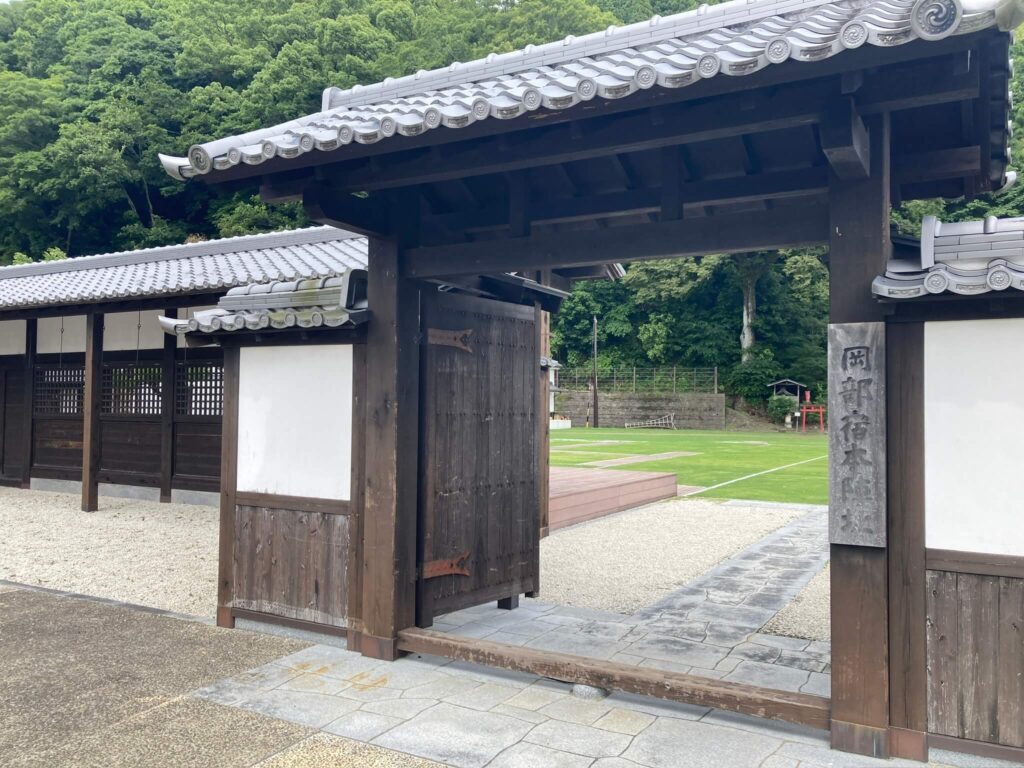
Okabejuku Oohatago Kashibaya article is below ↓↓

Walking around Okabe-juku
Now, let’s take a walk around Okabe-juku.
First of all, if you walk a little further toward Marikojuku (east direction) from Kashibaya, you will find a quiet “Masugata (square-shaped) site”.
Masugata were placed at the entrances and exits of inns to make it difficult for outside enemies to enter by bending the road at right angles.
In other words, this area was near the entrance to Okabejuku.
It is so secluded.
If you are not careful, you can easily miss it.
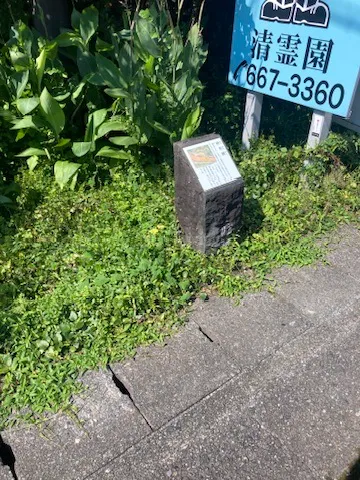
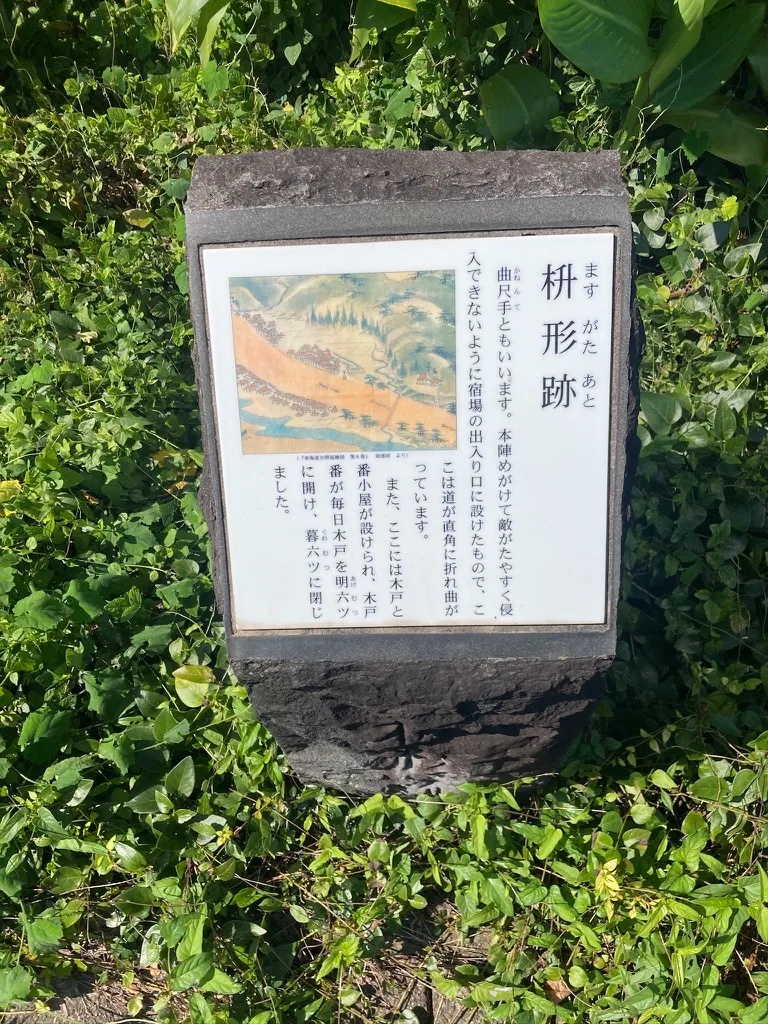
Near the Masugata ruins is the Jikkokuzaka Kannon-do Hall, where many travelers on the Tokaido Highway at that time prayed for safety along the way.
In 1808, a fire destroyed most of the building and only the hall remains. The Kannondo suddenly appears along a road where cars pass by.


Now, going back a little toward Kashibaya, you will find “Sensho-ji Temple” in the middle of a cluster of houses. This temple was famous as a “temple of moxibustion,” and travelers must have used it to relieve their fatigue.
Backlight makes it hard to see the letters 💦.


Then, walking toward Fujieda from Kashibaya, you will see the “Bridge of Ono no Komachi’s Figure View”.
It seems that Ono no Komachi, an immensely beautiful woman, once stopped by Okabejuku in her later years. It is said that when she looked at the stream flowing under the bridge, she saw her own aged figure and was terribly saddened.
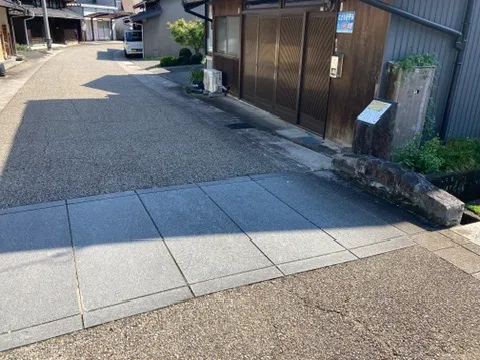
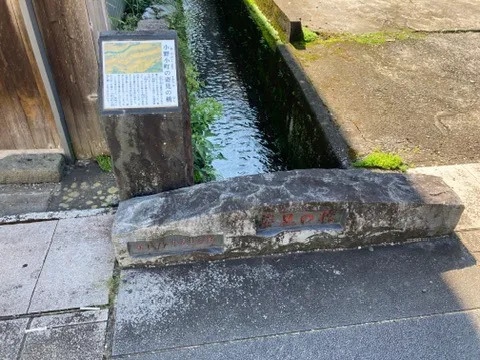
I took a walk while looking at the bridge of Ono no Komachi’s figure, and the street around here is very stylish, a chic little street like the ones in Karuizawa and the like! Hagiwara Koujiya,” located south of this street, is also stylish.
Nobu-san went to this store for an interview. ↓↓↓↓
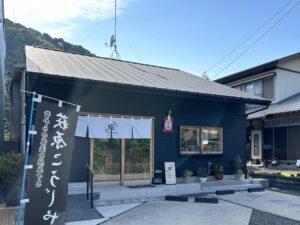
Although it was a little out of the way from Okabe-juku, I stopped by a splendid temple called “Jyurinji. The temple was founded in 1624, and as you can see, it is a magnificent temple with a sense of history.
Recently, since I started managing this site, I have been visiting shrines and temples more often, and I can really feel the difference in the air when I step into the temple grounds, and I feel as if I am being purified on my own. I am grateful for that.
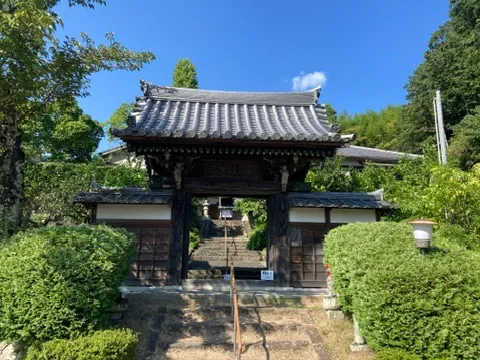
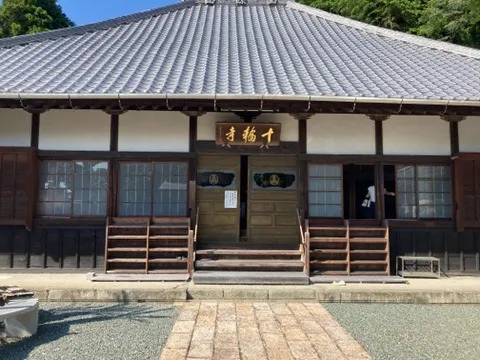
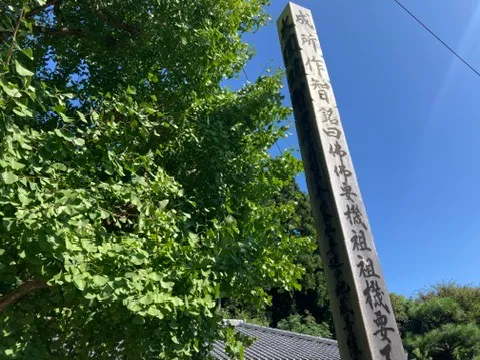
It is still not enough to know what Okabe-juku was like in those days, but it was a good walk to feel just a little bit of it~!
Lastly, pine trees are often planted along the Tokaido Highway. Here is a magnificent pine tree.
